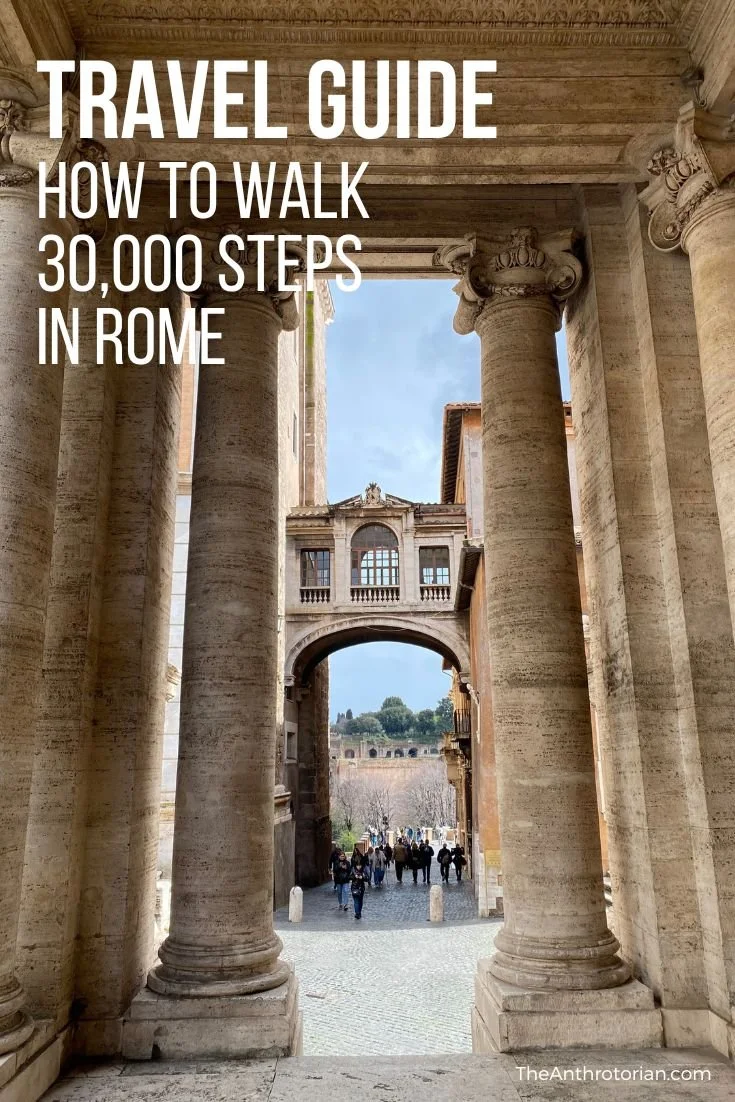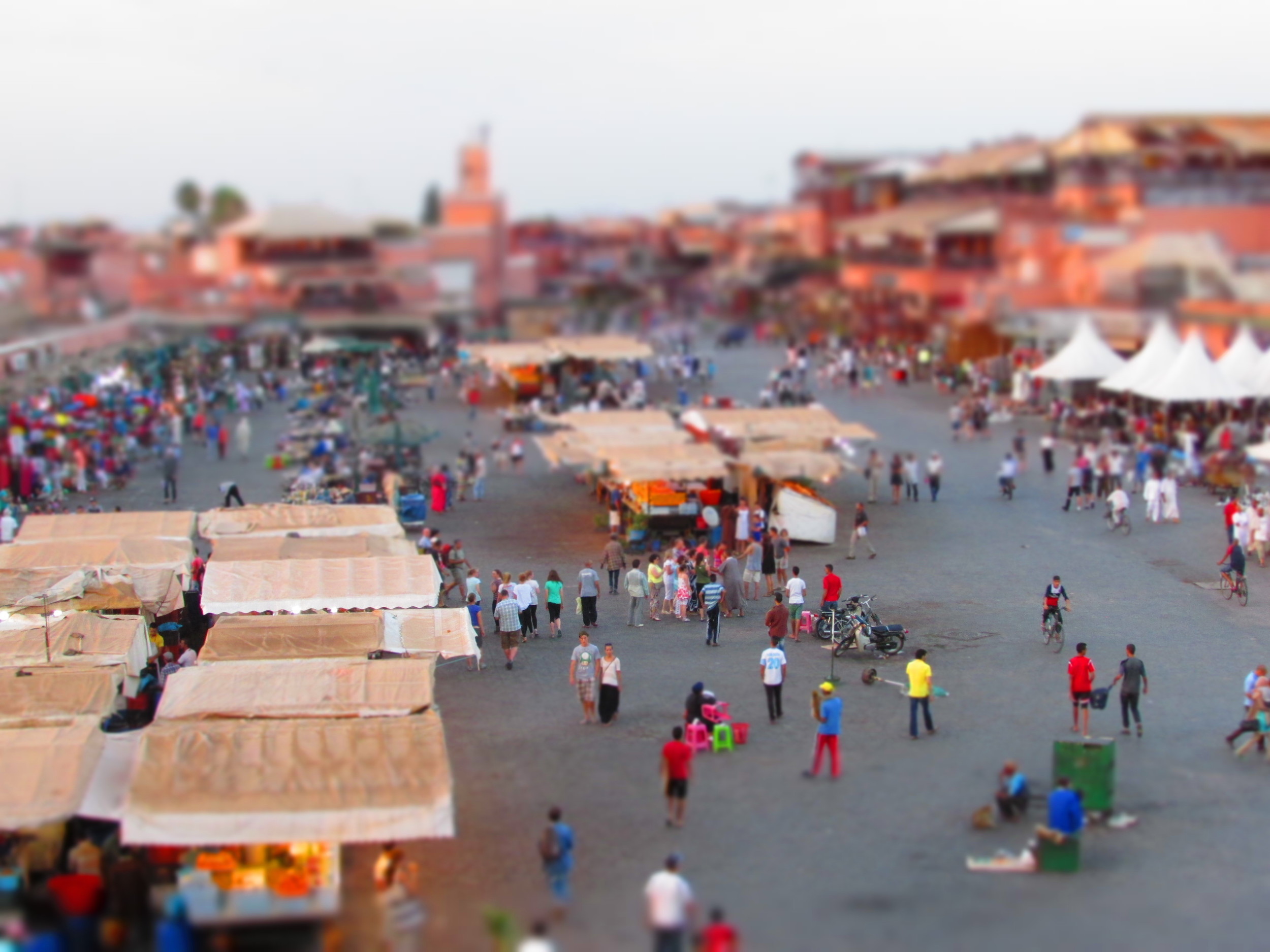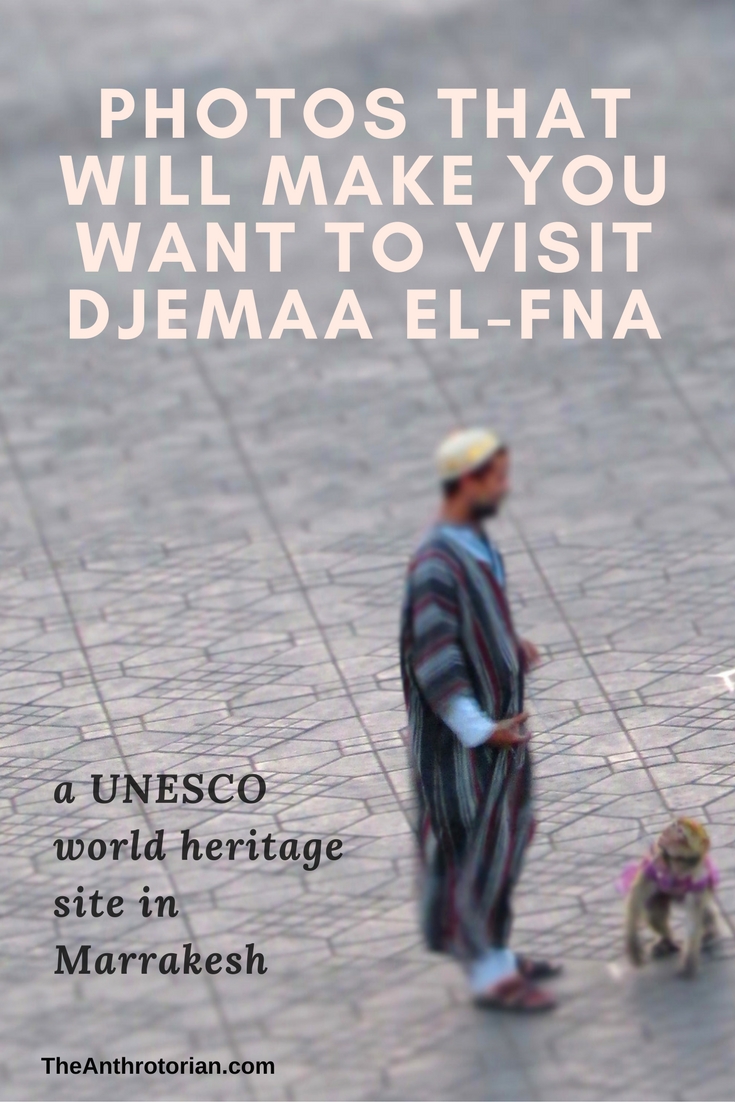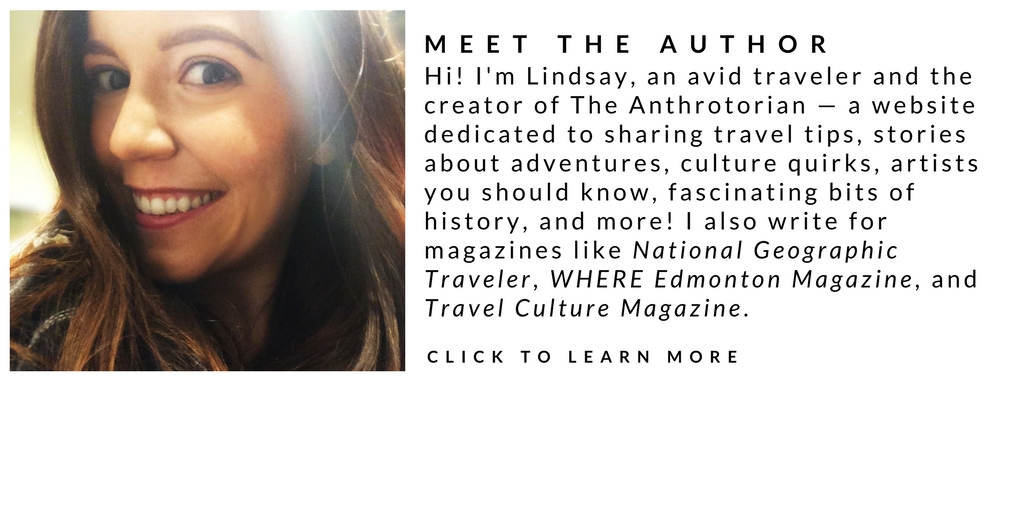It is inevitable (unless you have A LOT of willpower) that you are going to bring back souvenirs from your travels. But, you have to be careful not to let yourself get swindled or carried away.
Here are a few tips on how to find unique trip mementos and locally made gifts that will remind you of adventure every time you see them, rather than gather dust in the back of your closet.
Don't get lost in the novelty
When immersed in a market in Morocco, it is easy to think that buying a silver tea set with a beautifully etched tray is a fantastic idea. They are cheap, they are everywhere, and they are SO beautiful. BUT, consider this — do you drink tea? If you do drink tea, do you drink it out of tiny cups that will come with your Moroccan tea set, or do you like big, oversized mugs? Basically, will you use this tea set or have a spot in your home to display it, or will it sit in your cupboard? Ask these questions about every purchase you make. Are harem pants really something you will wear outside of Thailand? Do you really need a carving of a camel?
Shop around
Markets or street stalls may seem random and like they have completely unique items, but you will soon notice that a lot of the items sold are mass produced. Wander through the market a few times to get an idea of where you can find the truly unique items before making a purchase.
Check that you are getting what you are paying for before you hand over your money
There are no returns at market stalls, and often the seller will disappear to grab a bag or change for you while still holding your items. Don't leave until you ensure that what is in your bag is what you want. I made the mistake of forgetting to do this, and ended up coming home with two left shoes from Marrakesh.
Research prices
If you want to make sure you aren't getting swindled, do some research ahead of time to figure out the approximate prices for different items. Travel books are a great place to start, but blogs and Google searches can give you some general information as well.
Buy items that you will actually use
I know this sounds like common sense, but it is SO easy to get wrapped up in the novelty of a place when you are actually there. Do you collect art? Buy a piece to add to your collection. Do you read? Purchase some books. Jewellery, scarves, fabrics, lanterns (if you will use them), home decor items, etc are also great options if you have the space and use for them.
Try to buy from local artisans
For really authentic items, and to support local artists, look for stalls that are selling unique handcrafted items (usually the artist will be making them as he/she is selling them), or head out of the marketplace to local boutiques where you will find fewer mass produced items. Then, have a conversation with the artist you are supporting. This will connect your item to a memory, taking you back to that moment every time you see it once you are home.
Haggle, barter and bargain like a pro
Click here for my post about bargaining like an expert to get the best deal that you possibly can — and have some fun in the process.






















